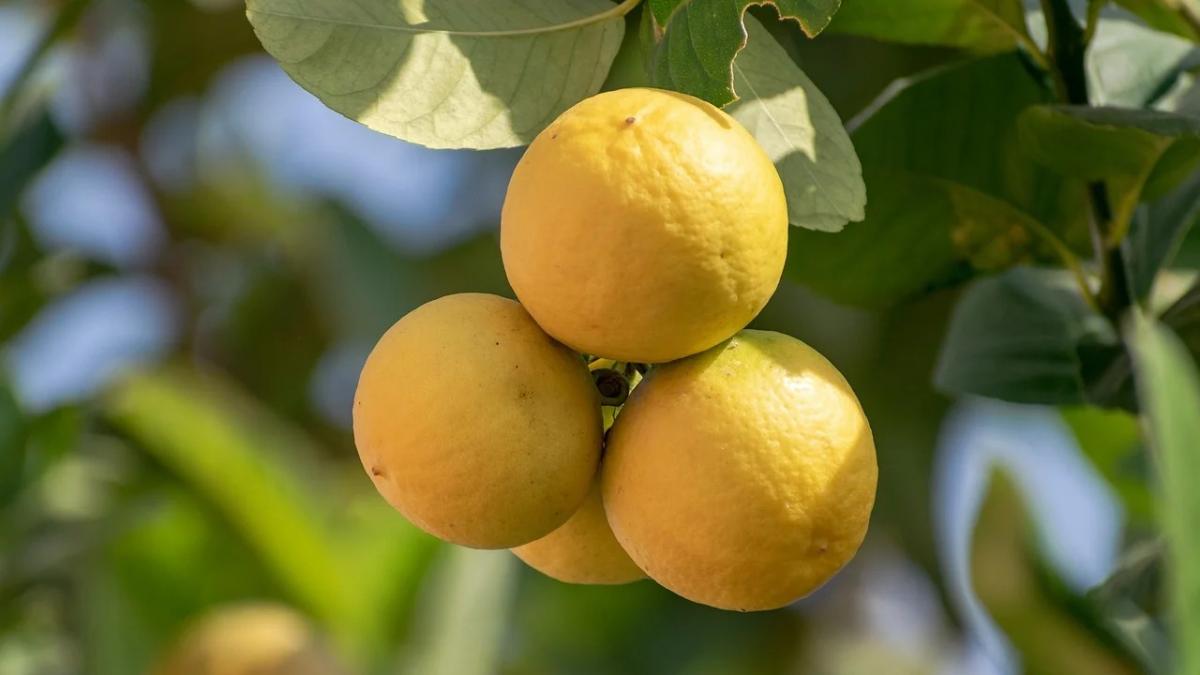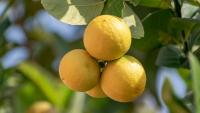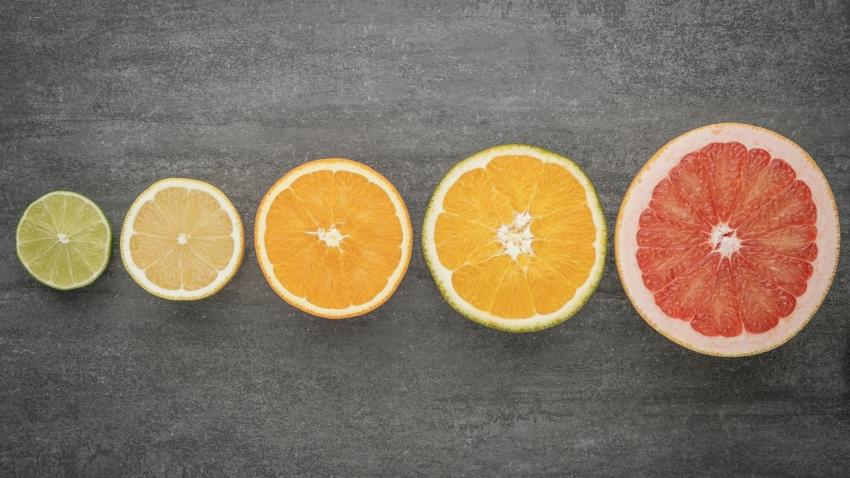You are here
Back to topSouth Africa’s Citrus Market Outlook for 2023/24 Season

According to the South Africa: Citrus Semi-annual report recently released by the U.S. Department of Agriculture’s Foreign Agricultural Service, South African orange growers are redirecting their oranges from both export and local markets to processing plants to take advantage of record-high orange juice prices.
Rainfall toward the end of 2023 ensured sufficient irrigation water for all of South Africa’s citrus-producing regions, raising expectations of improved yield and quality for all citrus varieties in the 2023/24 season. However, northern regions experienced dry conditions during the fruit growth period, resulting in smaller fruit and a lower proportion of citrus meeting export standards. Consequently, the export volumes of oranges, grapefruits and lemons are expected to fall short of previous forecasts.
Fresh Oranges
South Africa’s orange cultivation area in the 2023/24 season is projected to remain stable at 42,990 hectares. Benefiting from abundant rainfall in November and December 2023, especially in the Northern Cape and Eastern Cape regions, total orange output for the 2023/24 season is expected to increase by 3% to 1.69 million metric tons. Growers have reported that 10 days of extreme heat in northern regions in December 2023 caused their oranges to be smaller in size. Owing to increased investment in netting by growers, the overall quality and yield of oranges are expected to improve this season.
As a smaller fruit size leads to a corresponding decrease in the volume shipped to overseas markets, the orange export volume for the 2023/24 season is expected to drop to 1.1 million metric tons, representing a 12% year-on-year decrease. Depreciation of the South African rand and strong overseas demand have caused the average export price of South African oranges to rise for nearly seven years, reaching 11,827 rand ($646) per metric ton in the 2022/23 season. The total export volume of fresh oranges for the 2022/23 season was an estimated 1.23 million metric tons, a 5% year-on-year decrease, including 84,345 metric tons to China, a 13% year-on-year decrease.
Owing to a decline in orange production in Florida and an expected reduction in Brazil’s orange output due to drought, global orange juice prices are at a historic high. As a result, South African orange growers are opting to sell more of their fruit to processing plants.
Fresh Grapefruit
With limited planting of new trees and uprooting of old orchards in recent years, the grapefruit cultivation area is forecast to continue its downward trend, decreasing by 1% to 8,000 hectares in the 2023/24 season. This season’s production is anticipated to grow to 420,000 metric tons, a 1% increase over last season. However, drought conditions in December are expected to lead to a smaller average fruit size.
The grapefruit export volume for the 2023/24 season is projected to be 218,000 metric tons, essentially the same as in the 2022/23 season. The export volume for the 2022/23 season was 216,568 metric tons, representing a 9% decrease from the previous season.
The Netherlands was the largest overseas market for South African grapefruit in the 2022/23 season with an export volume of 72,948 metric tons, accounting for 34% of the total, followed by China (31,352 metric tons, 14%), Russia (21,561 metric tons, 10%) and Japan (17,353 metric tons, 8%). Together, these four countries accounted for two-thirds of South Africa’s total grapefruit exports in the 2022/23 season. In the 2021/22 season, China was the largest export market for South African grapefruit, making up 27% of total exports by volume. However, exports to China declined by 51% in the 2022/23 season, as China primarily imports grapefruit for processing and South African growers exported a lower volume of processing-grade fruit.
Fresh Tangerines and Mandarins
The cultivation area for tangerines and mandarins in the 2023/24 season is expected to grow slightly by 1% to 27,000 hectares. This reflects a shift by growers from other citrus varieties, such as grapefruit, to tangerines and mandarins, motivated by relatively high demand from overseas markets. With new plants beginning to bear fruit and an expanded harvest area, production for the 2023/24 season is anticipated to increase by 8% to 780,000 metric tons.
Benefiting from increased production and improved quality, South Africa’s tangerine and mandarin exports are projected to grow by 8% in the 2023/24 season, reaching 670,000 metric tons. Because of high production and more reasonable sea freight rates, exports in the 2022/23 season grew by 19% to 622,002 metric tons. The European Union and the United Kingdom were the largest overseas markets, accounting for 45% of total exports, followed by the United Arab Emirates (9%), Russia (8%), the United States (8%), China (4%) and Canada (5%). In the 2022/23 season, South Africa’s tangerine and mandarin exports to China increased by 33% to 30,851 metric tons.
Fresh Lemons and Limes
South Africa’s lemon cultivation area is expected to slightly decrease to 18,000 hectares in the 2023/24 season. Additionally, owing to oversupply and limited demand for processing, many producers have been reluctant to plant more lemon trees. Lemon production for the 2023/24 season is forecast at 780,000 metric tons, a modest 3% increase from the 2022/23 season. Hot and dry weather in February has caused the lemons to be smaller, but overall yields are expected to improve.
With an increase in export-grade supply, exports for the 2023/24 season are projected to reach 585,000 metric tons, a 4% year-on-year increase, slightly higher than in the last two seasons. Benefiting from continued growth in demand, exports to the Middle East, Europe and Asia are expected to maintain an upward trend. Exports for the 2022/23 season were 565,298 metric tons, a minor 1% increase from the previous season. The European Union and United Kingdom remained the largest export markets for South African lemons in the 2022/23 season, accounting for approximately 47% of total exports, followed by the United Arab Emirates (65,037 metric tons, 12%) and Russia (48,104 metric tons, 9%). Following the relaxation of cold treatment requirements in August 2021, South Africa’s lemon exports to China continued to grow in the 2022/23 season, reaching 10,532 metric tons, representing a 13% year-on-year increase.
Image: Pixabay
This article was translated from Chinese. Read the original article.














Add new comment